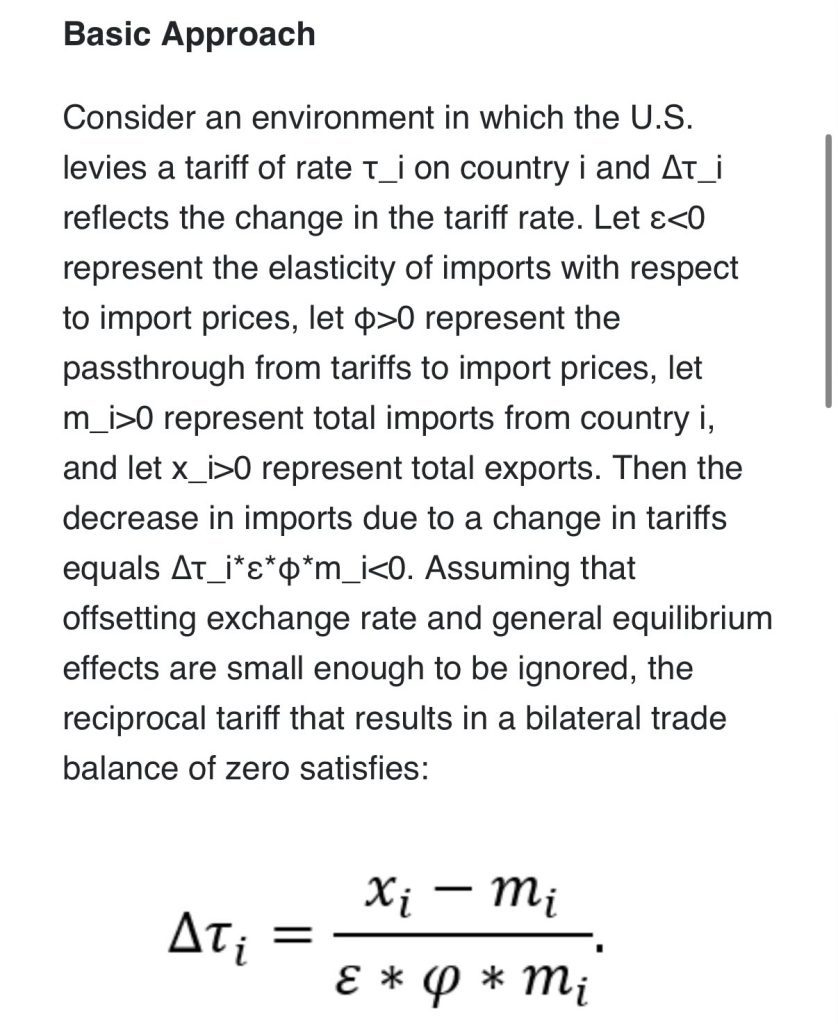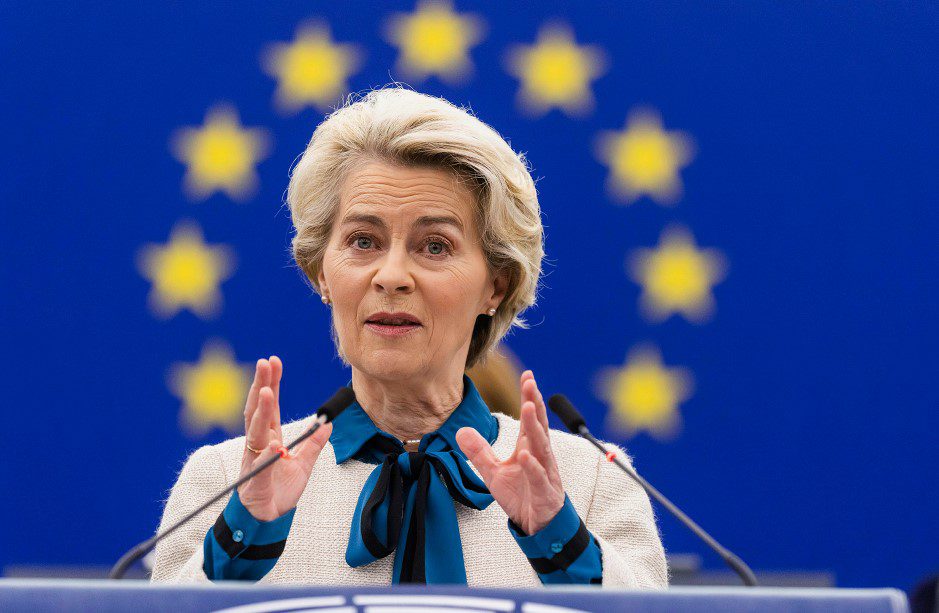The formula used by U.S. President Donald Trump to calculate his trade tariffs has puzzled many. Some even suggested that it was developed by artificial intelligence; however, economists believe that the formula itself looks like complete nonsense.
New tariffs and their consequences
Trump introduced a 10% basic tariff on all imports to the USA, including islands inhabited only by animals. At the same time, some countries received even higher rates — supposedly in response to tariffs they impose on American goods.
These actions caused panic in international financial markets. Asian and Australian stock exchanges recorded declines for the second consecutive day, and American markets closed with the largest one-day loss since the COVID-19 crisis in 2020. Leaders from Beijing to Brussels have already pledged to respond to these tariffs.
The formula that raised doubts
When Trump published his list of tariffs, many economists questioned the validity of the formula used to calculate them.

Former financial commentator for The New Yorker, James Surovetsky, stated that the calculation method looks as if it was “hastily written on the back of an envelope,” according to Politico.
"Incredible nonsense"
Surovetsky noted that the White House did not account for tariff rates and non-tariff barriers, contrary to what was claimed. Instead, for each country, the Trump administration simply took the US trade deficit with that country and divided it by the country's export volume to America.
For example, regarding the EU, Trump’s team took the US trade deficit with the European Union at $235.6 billion and divided it by European exports to the USA, which totaled $605.8 billion.
The result was a coefficient of 39%, which the Trump administration interpreted as an "unfair" advantage of the EU over the US. Consequently, the White House decided to impose a 20% tariff to "level the playing field."
Reaction to the new tariffs
Speaking at the Rose Garden of the White House, Trump stated that he was "kind" for nearly halving the tariff rate. He also claimed that the "market will thrive" after the new tariffs are introduced. However, stock indexes Dow Jones, Nasdaq, and S&P showed a sharp decline the following day.
Washington argues that its new tariffs, developed by the Council of Economic Advisors, take into account trade barriers, import elasticity, and tariff rates. However, according to the World Trade Organization, the figure calculated by the White House at 39% is more than ten times higher than the actual average trade-weighted tariff of the EU, which is 2.7%.
Europe prepares a response
In Europe, there is active discussion about Trump's new tariff policy. European Commission President Ursula von der Leyen stated that the EU is ready to take countermeasures but remains open to negotiations.



